Capturing what a student has learned in a lesson can be powerful indicator of success. When students know how to engage in effective classroom discussions, they learn. As I shared in this blog entry on argumentation, a classroom discussion strategy, this strategy offers much. In that entry, I pointed out that:
Argumentation makes it possible for students to connect with one another. Use this strategy to activate prior knowledge and explore new topics. Students are able to learn from others and show learning. It engages students and gives all students the chance to take part.
Yet, at the end of the blog entry, I left a question unanswered. That question was, “What are some argumentation strategies?” In this blog entry, I would like to answer that question and offer a handy infographic and multimedia text set to learn more.
A Multimedia Text Set: Classroom Discussion
Want to get some background knowledge on classroom discussion? Then be sure to explore this short multimedia text set to learn more about it.
Strategy #1: Think-Puzzle-Explore
Remember that one of the benefits of classroom discussion is tracking student ideas. You need to make their thinking visible, as it happens. One easy approach? Use a chart board or whiteboard to do that. You can also use an online learning management system such as Google Classroom with Jamboard or Microsoft Team “stream” or conversation area or your standalone digital whiteboard solution.
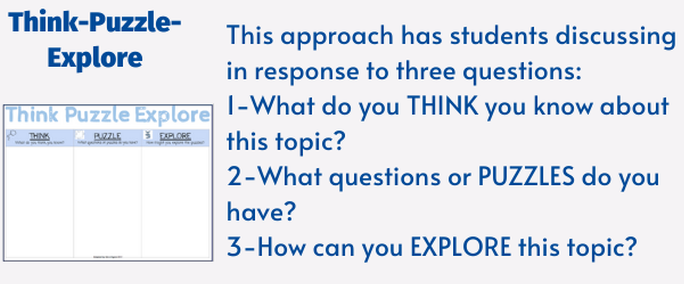
The Think-Puzzle-Explore approach centers discussion around three questions, including:
- What do you THINK you know about this topic?
- What questions or PUZZLES do you have?
- How can you EXPLORE this topic?
“In this routine, students are generally sharing their thinking at each step along the way. Then, they move on to the next one. This allows the class to build on the group’s thinking. It results in richer discussions” (source). See the example below:
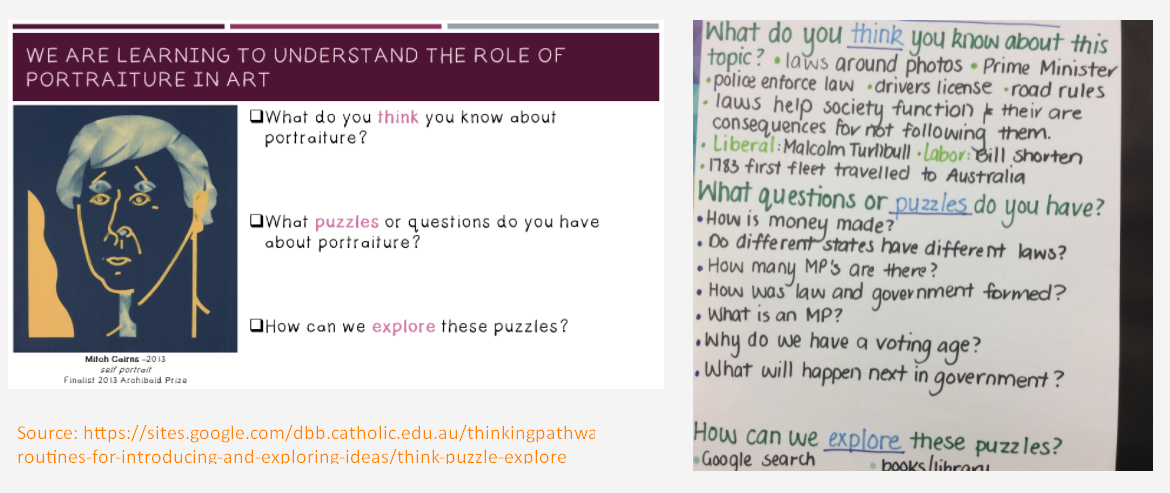
Strategy #2: Multimedia Text Sets
Lisa Highfill’s Multimedia Text Sets (MMTS) ease the sharing of new information. Multimedia text sets help learners glean information and ideas that may come from a variety of media sources. Get a copy of a multimedia text set about MMTSs for your own.
One other powerful idea is that a short MMTS is also easy to include during instruction. Then, students on their own or students in small groups can share their thinking. Since the MMTS is a digital document in Google Docs/Slides, Padlet Sandbox, or OneNote, it’s easy to capture.
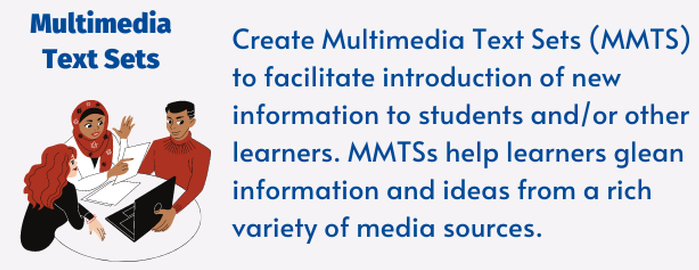
Strategy #3: Thoughts, Questions, or Epiphanies
Ready to explore Marisa E. Thompson’s TQE Process? In her blog entry, The Unlimited Teacher, she shares the TQE process:
- Students read the assigned reading at home with annotations.
- Small group discussions as students enter the room.
- Share question stems for students as needed.
- Students start with the stems on the left, but progress to more difficult ones after teacher modeling.
- Students post their top two of each TQE by the end of 15 minutes:
- Thoughts
- Lingering Questions
- Epiphanies
Then, at the end, they have a class discussion about the TQEs. Marisa provides some scaffolding for small group discussions. She suggests they start with a list of WHAT questions (e.g. What do you think will happen?). After that, they move to discussing author motivation and insights (e.g. Why would the author?).
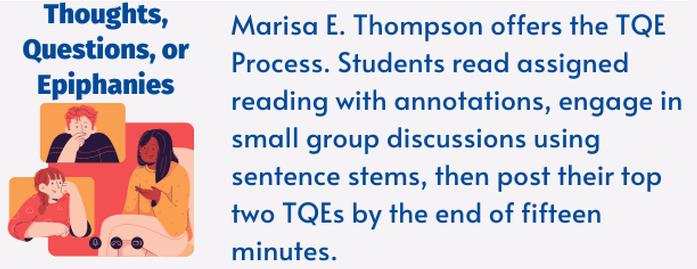
I love how easy it is to use the annotating a text guidelines Marisa shares. She suggests dividing a page in two. On the left side of the page, you summarize anything the author left behind. This can include arguments, claims, ideas, intended audience, etc. On the right side, summarize anything you wonder about.
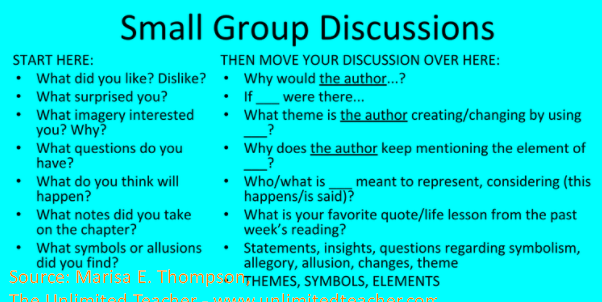
Get the image via The Unlimited Teacher
Be sure to read Marisa’s blog entry for more information. You can also get her discussion stems via Teachers Pay Teachers.
Get the Infographic for Better Classroom Discussion
Now you may notice that I’ve not listed all the classroom discussions mentioned. In fact, I have left one of them off. Explore this short multimedia text to find out which.
Feature Image Source
Photo by Taylor Flowe on Unsplash

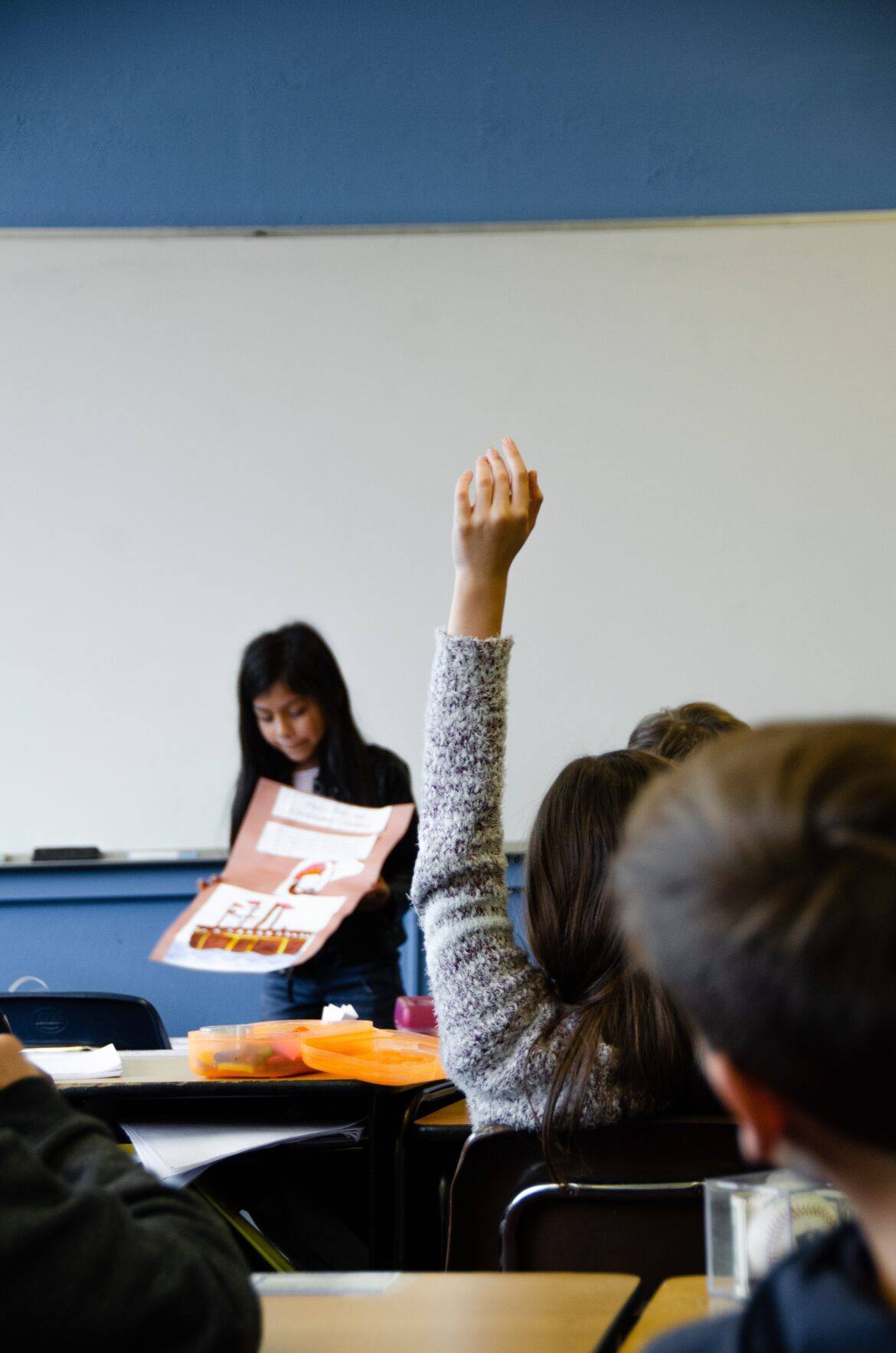

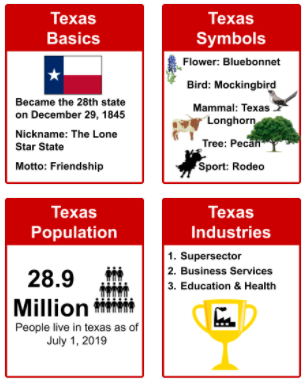
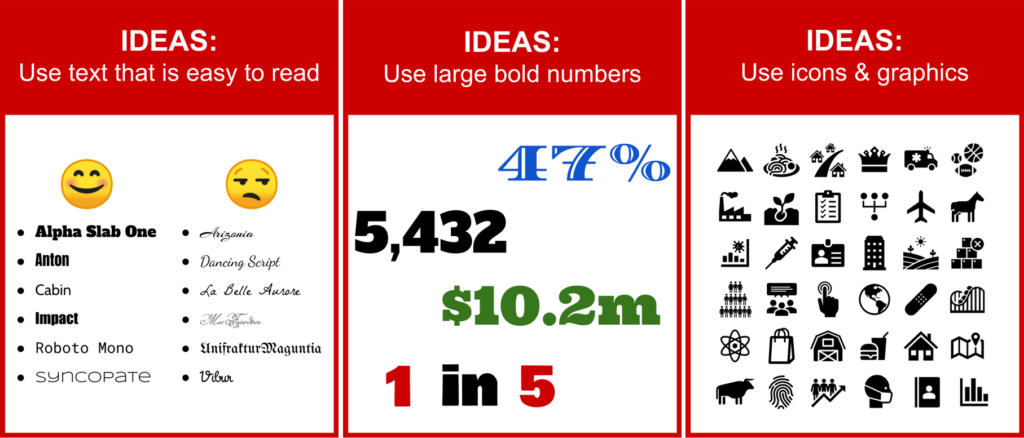

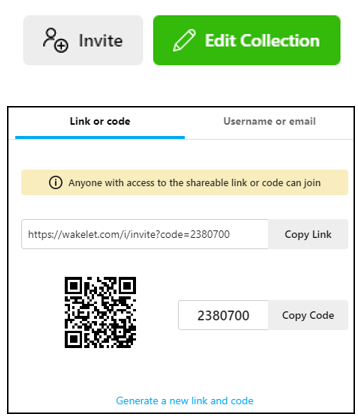
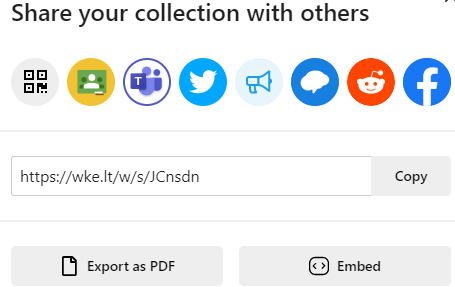
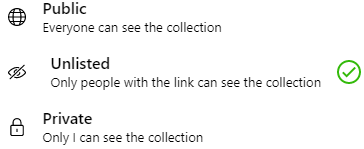

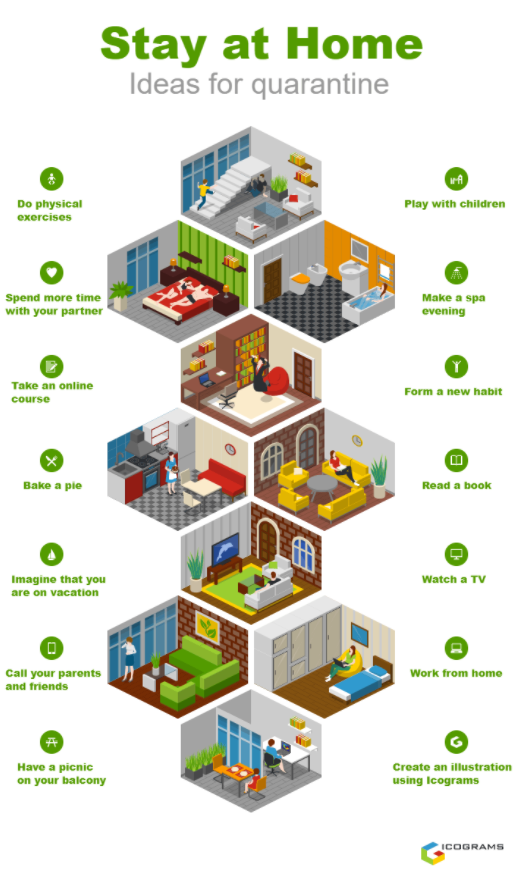
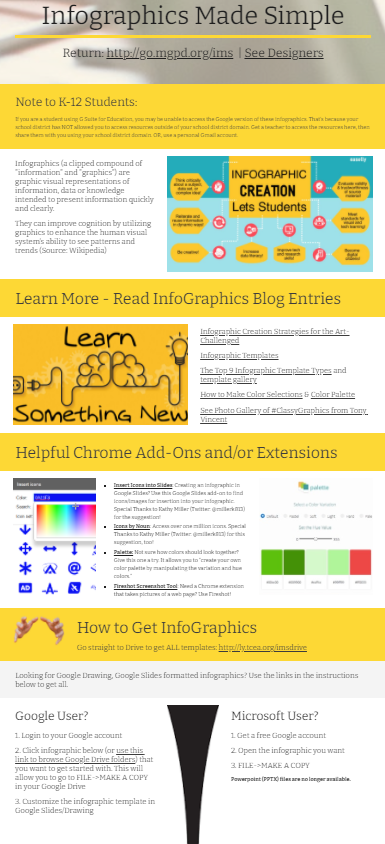

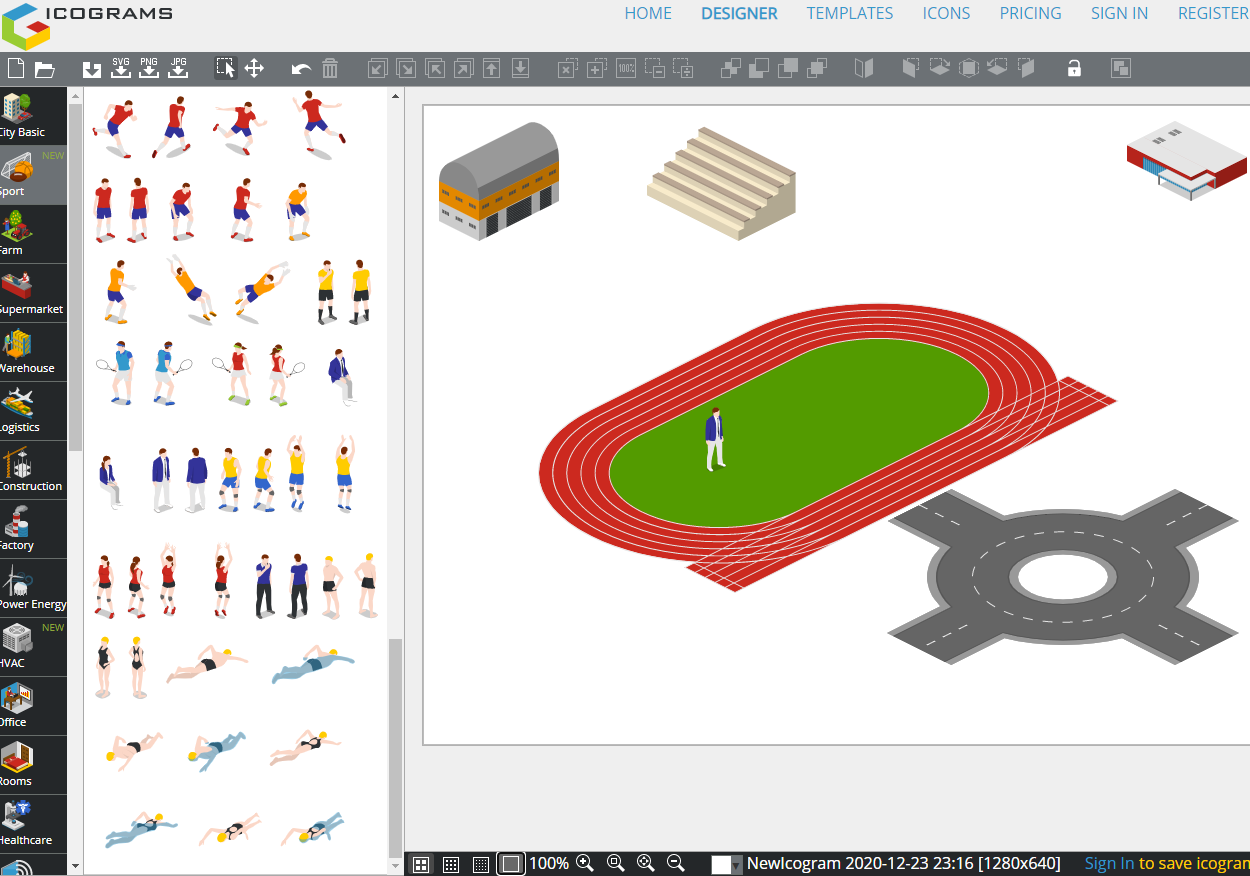
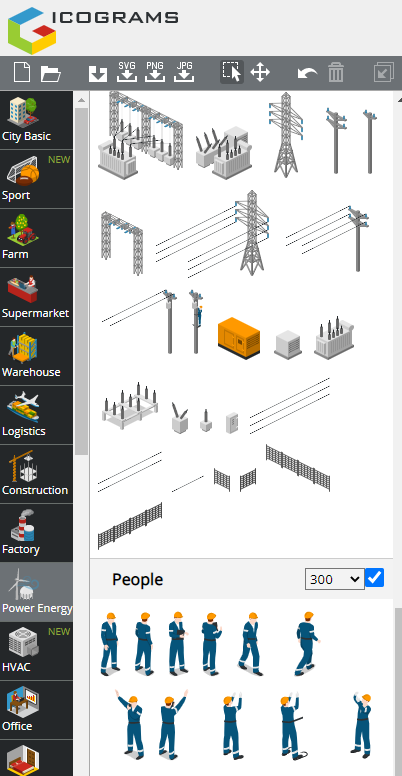 The Basic account, which is free, offers more than 3,050 icons, 390 templates, and lets you save eight designs. It requires attribution and imposes these limits:
The Basic account, which is free, offers more than 3,050 icons, 390 templates, and lets you save eight designs. It requires attribution and imposes these limits: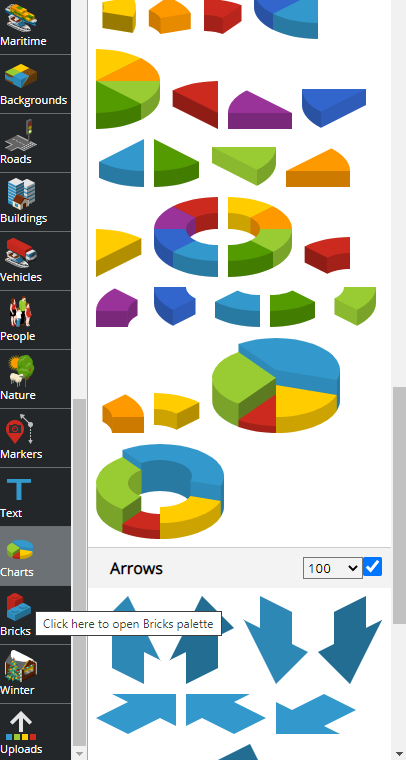 Creating an icogram is really a matter of design and time. You will find a variety of icons ready to use. Some of the categories include:
Creating an icogram is really a matter of design and time. You will find a variety of icons ready to use. Some of the categories include: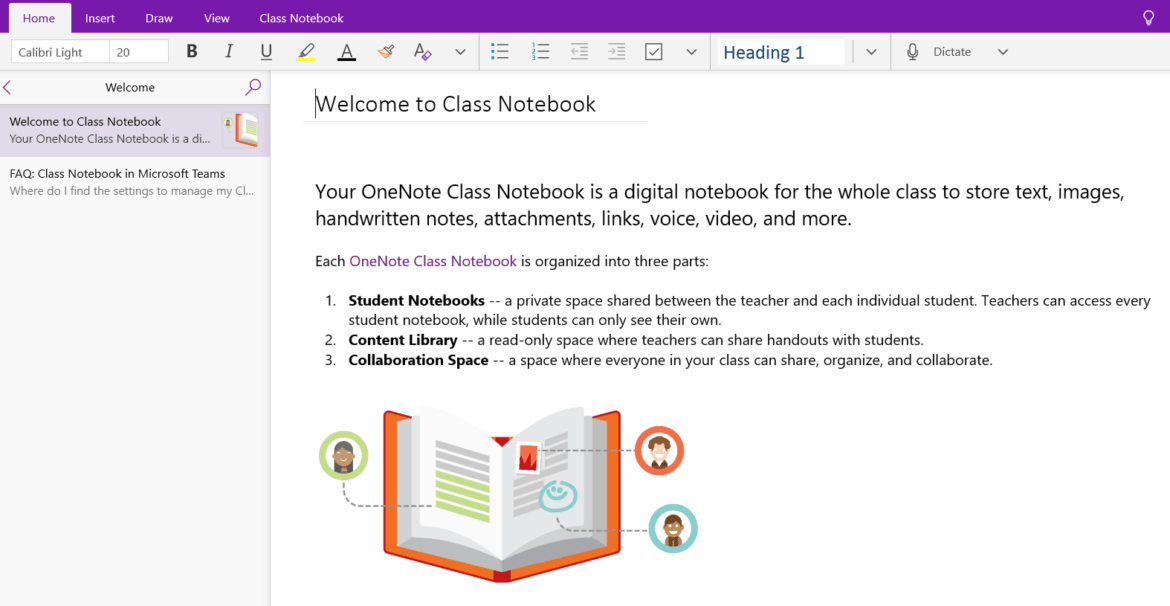
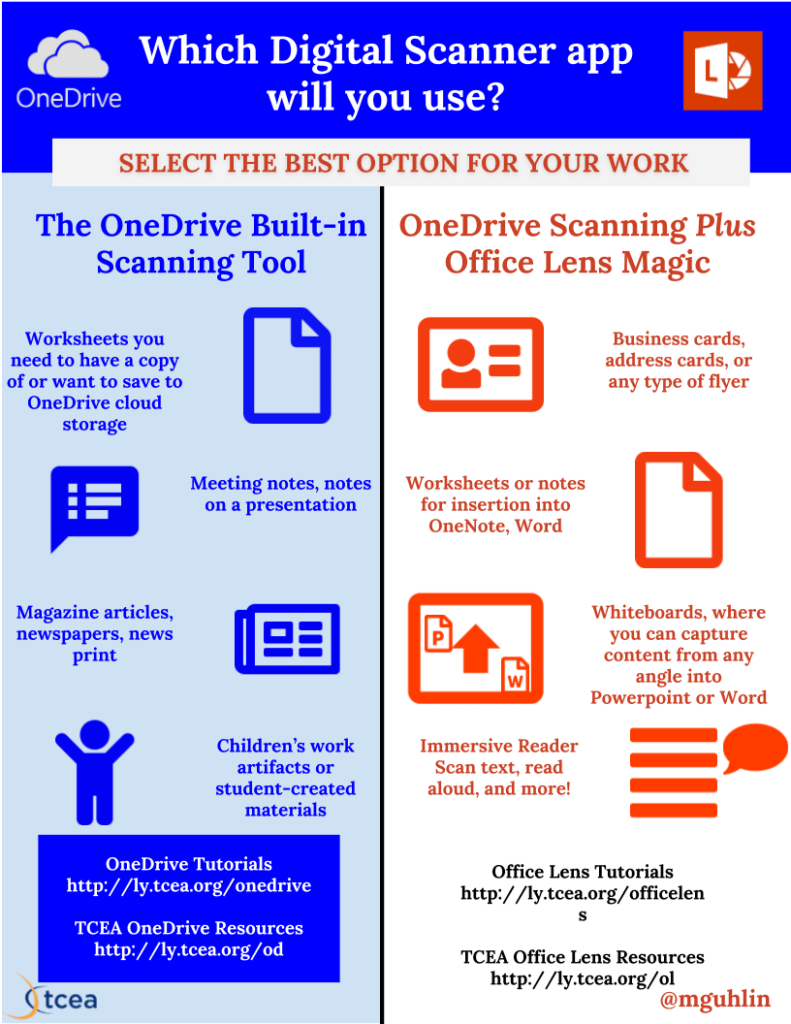
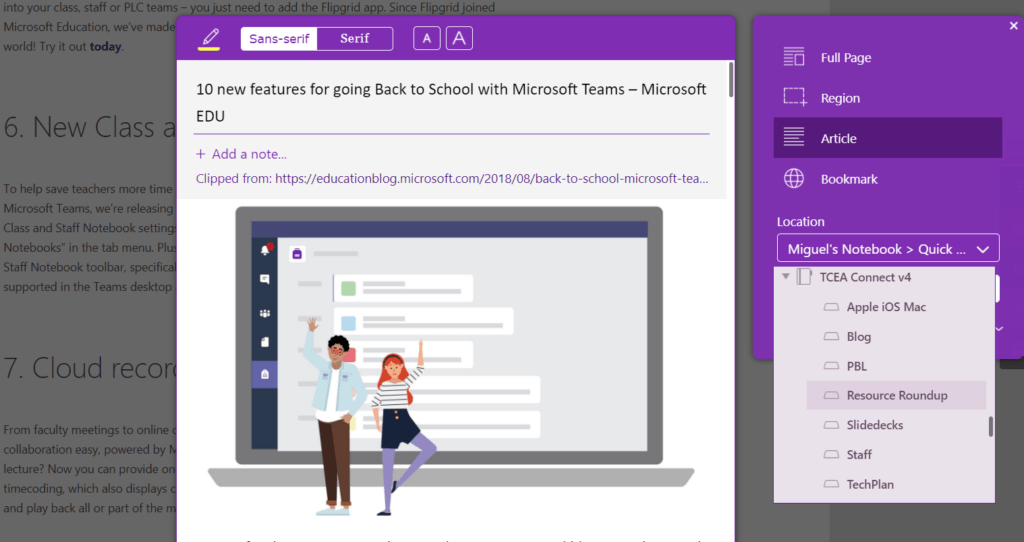
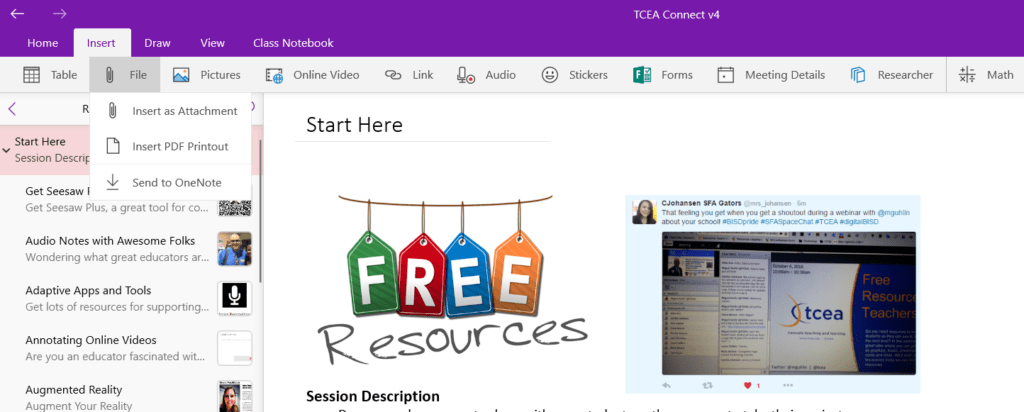
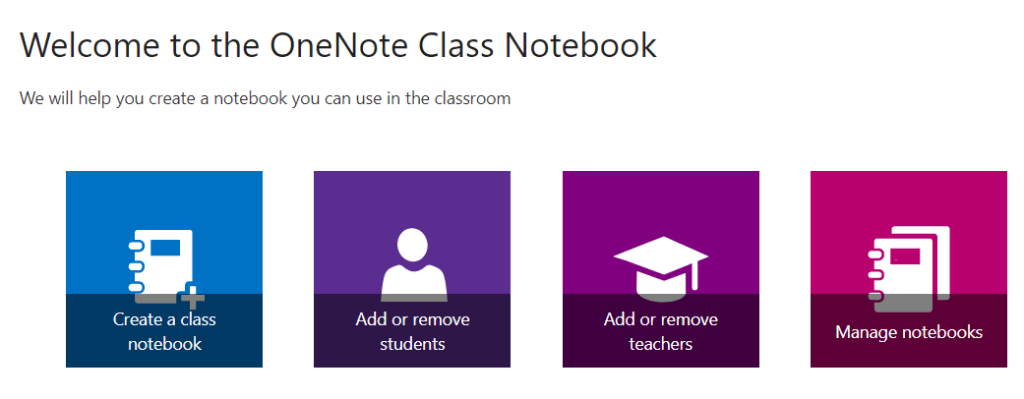
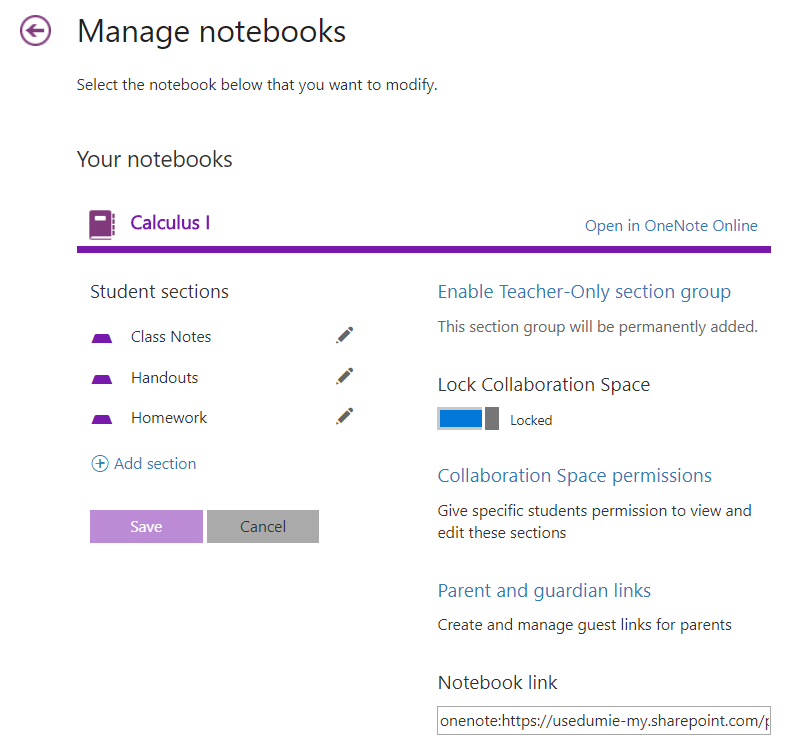
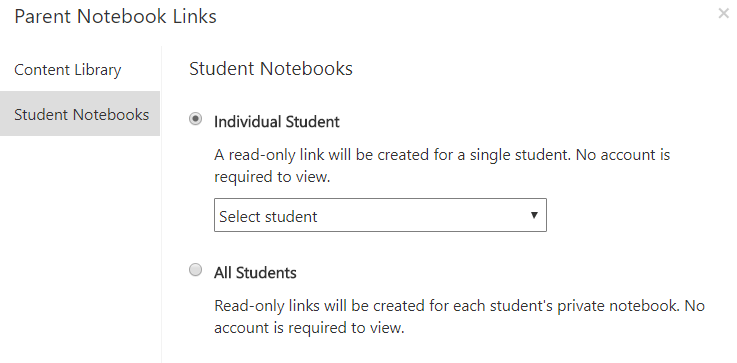
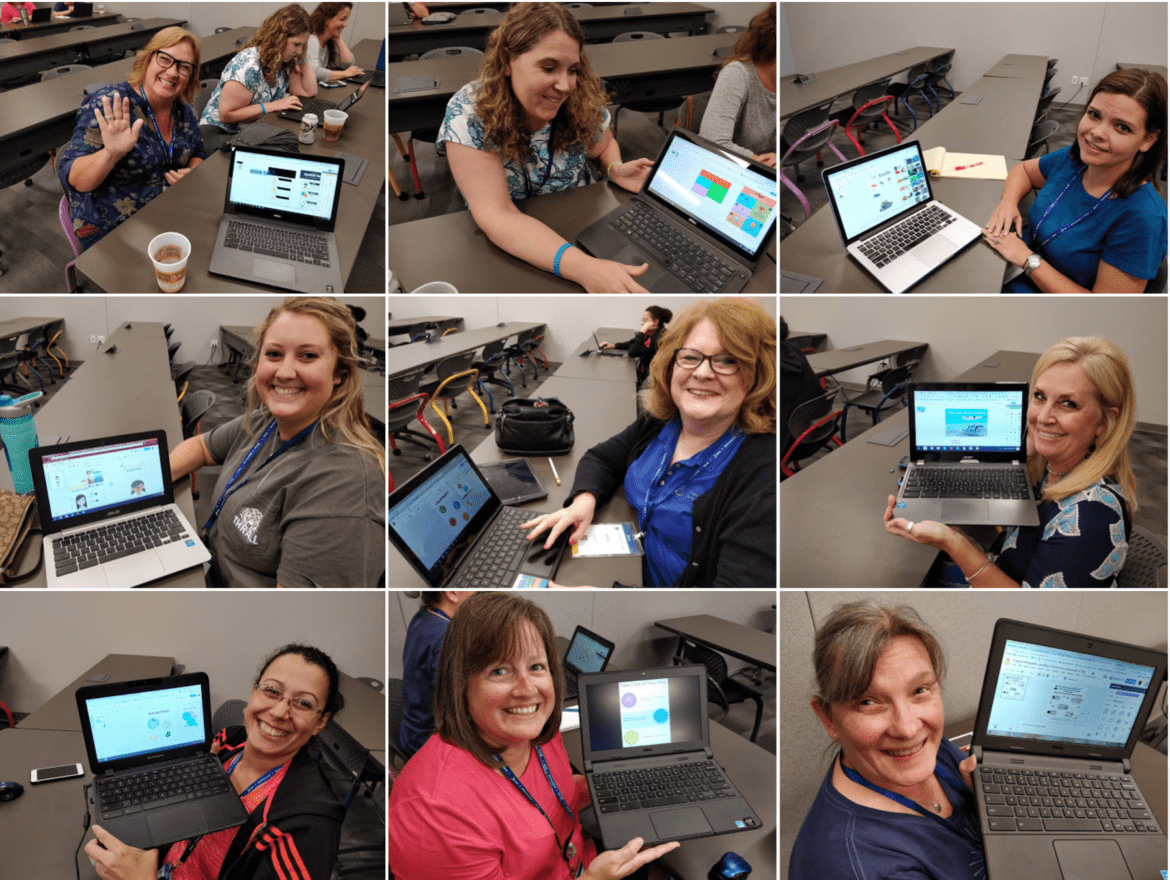

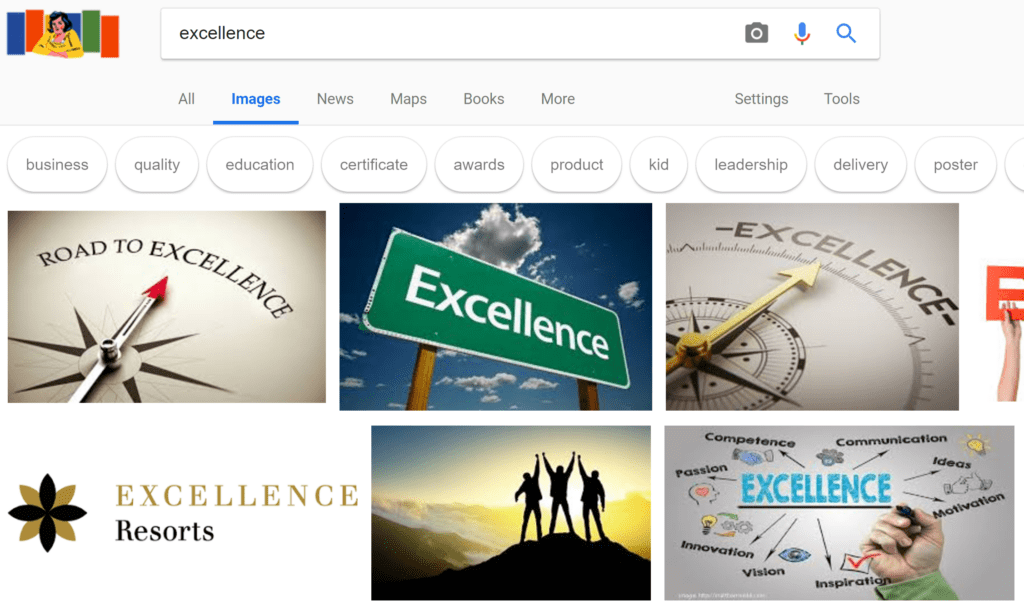
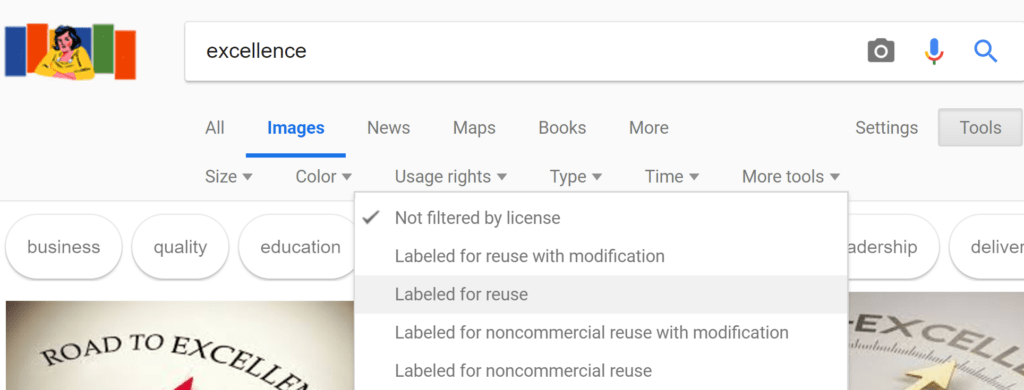


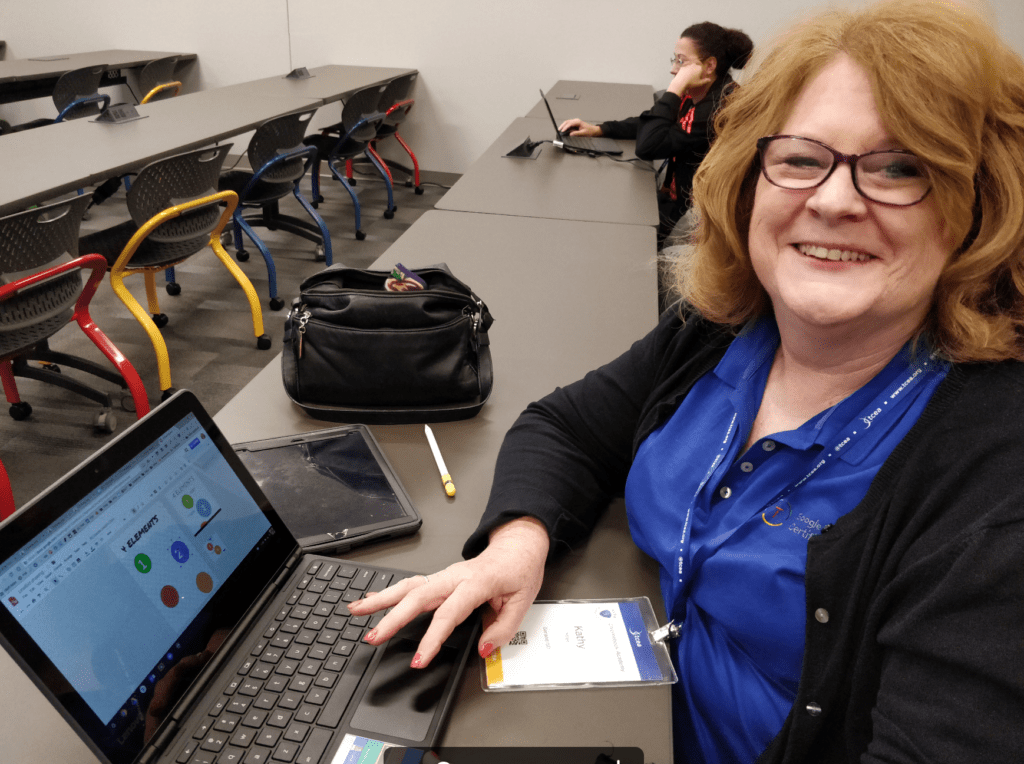
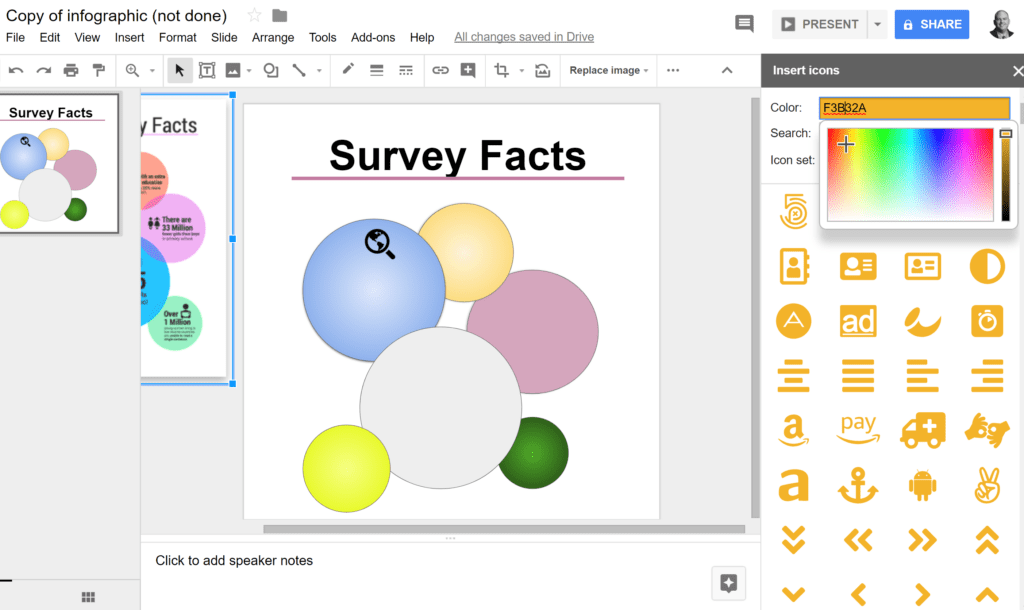
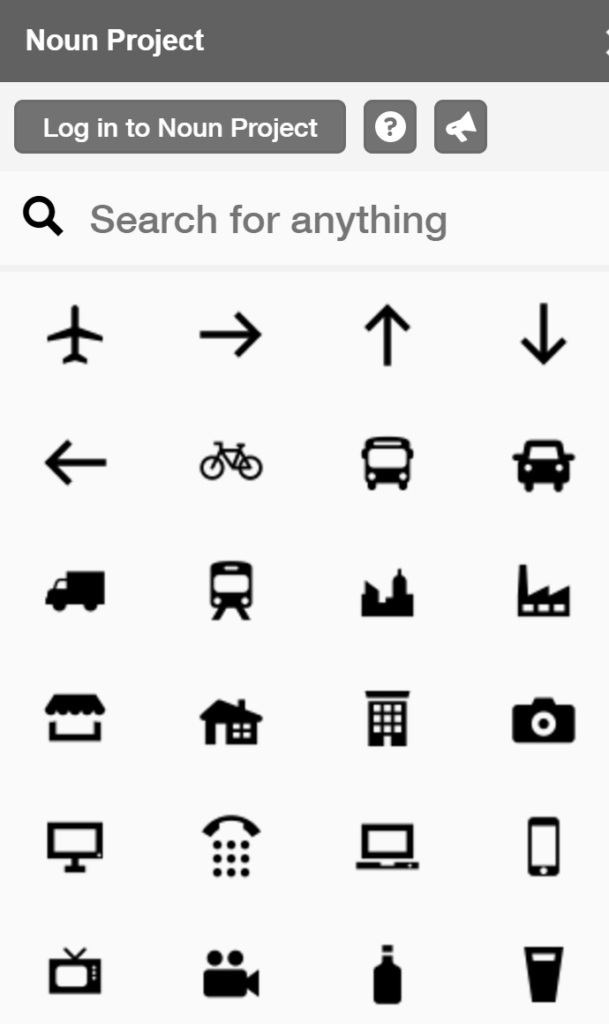

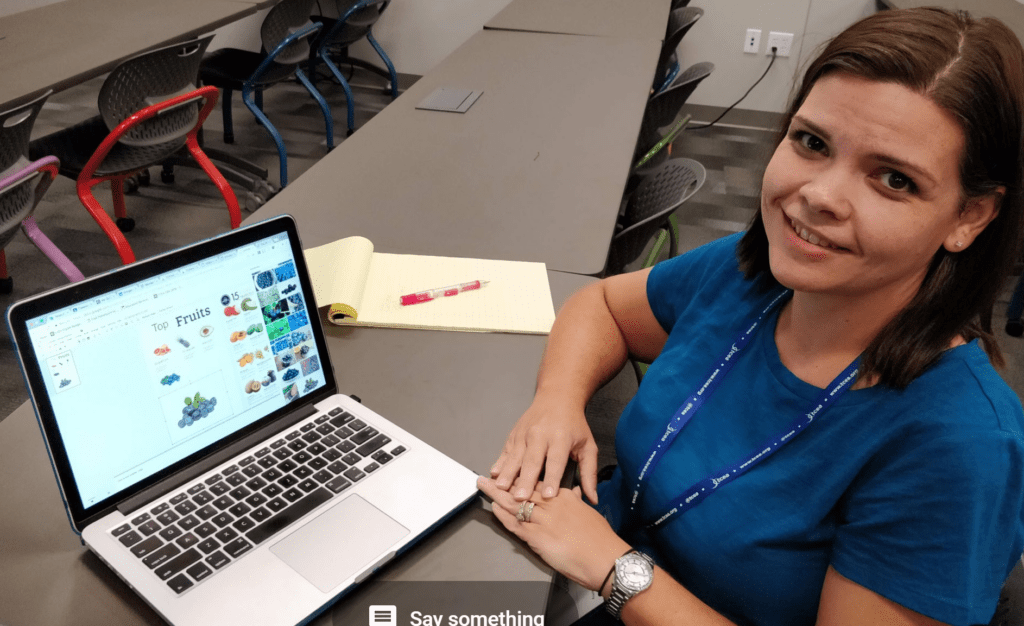
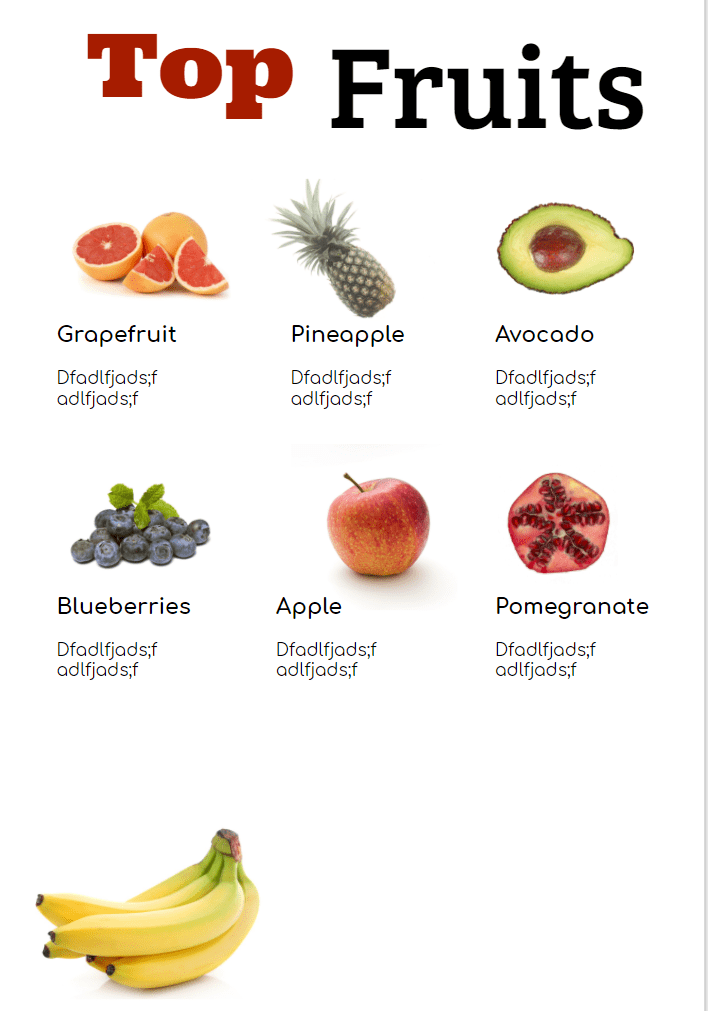
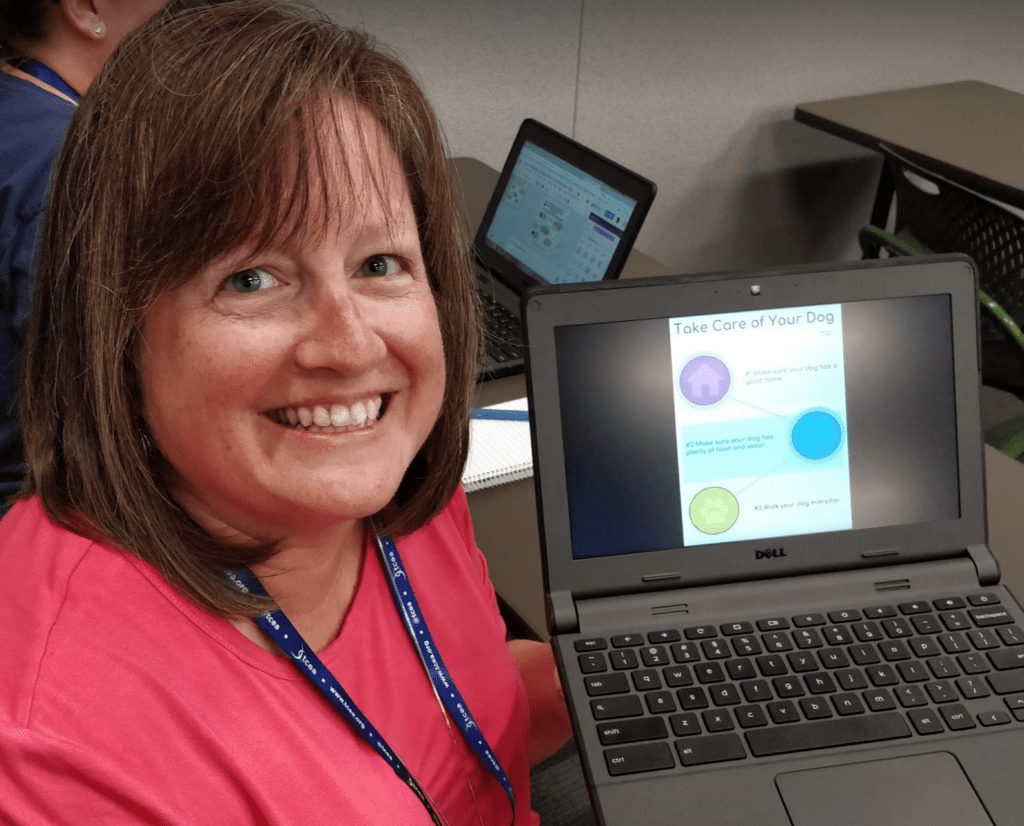
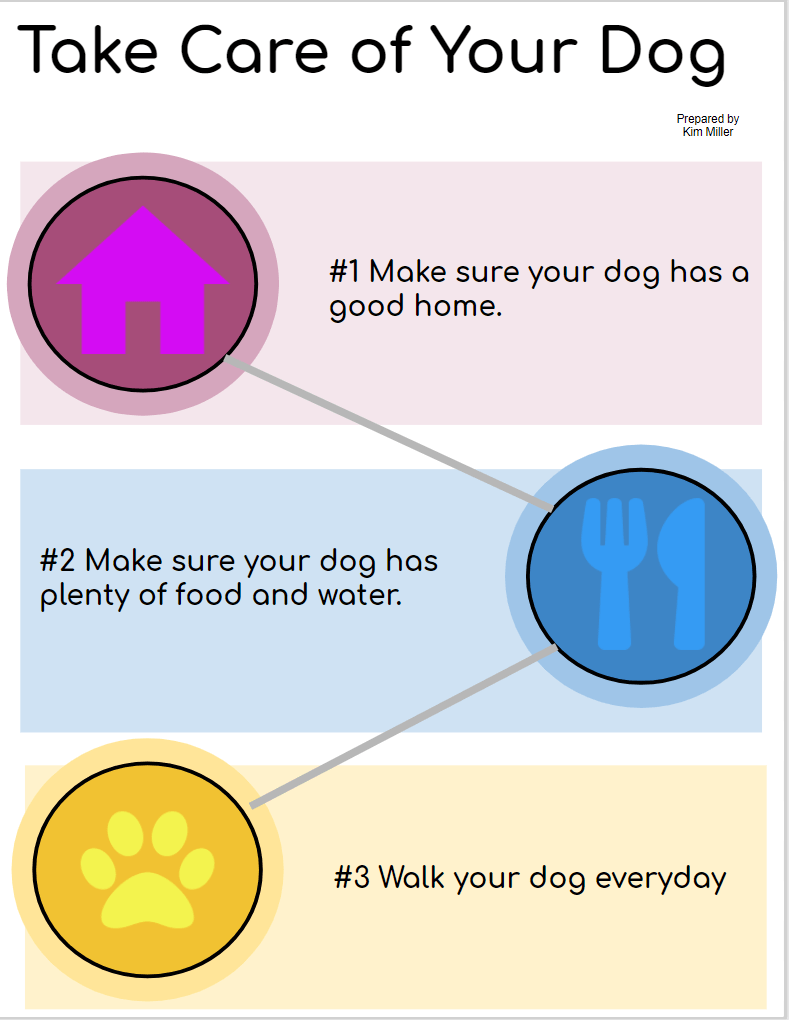
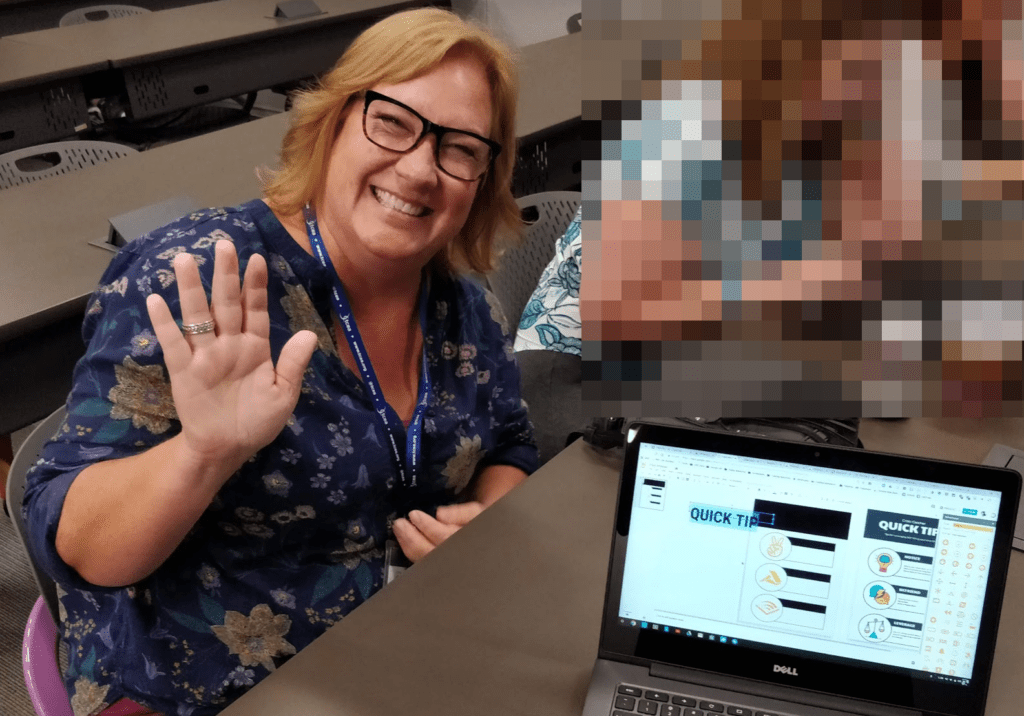
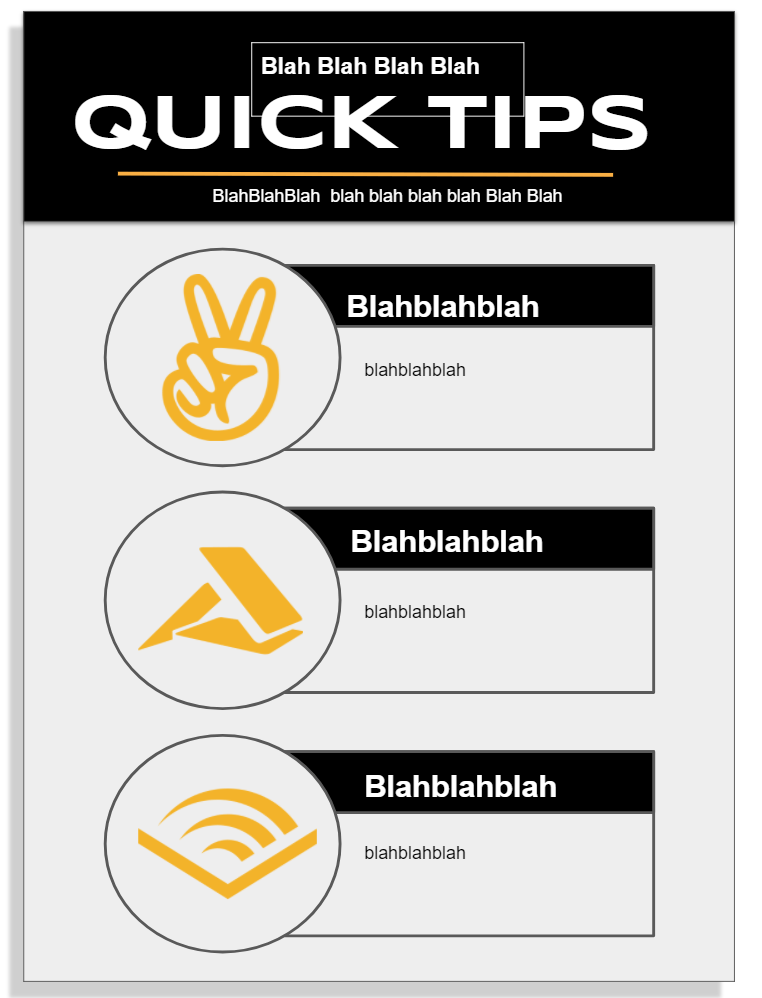
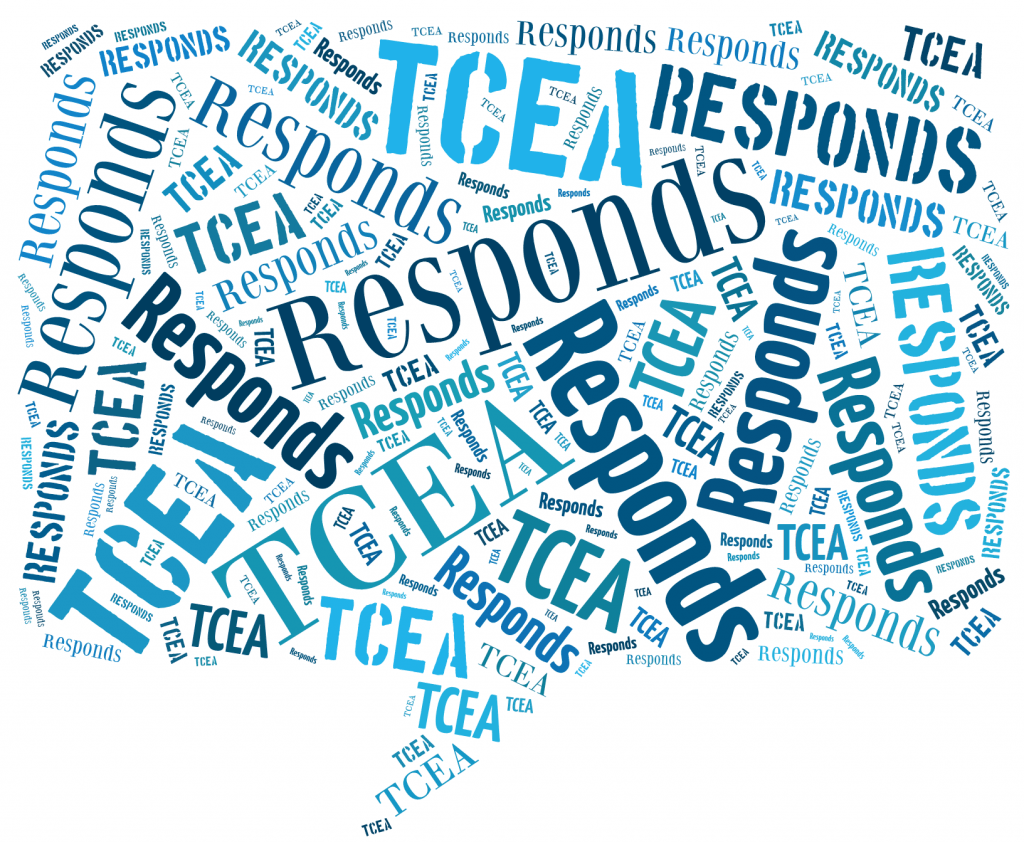

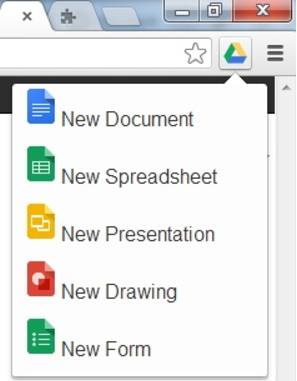
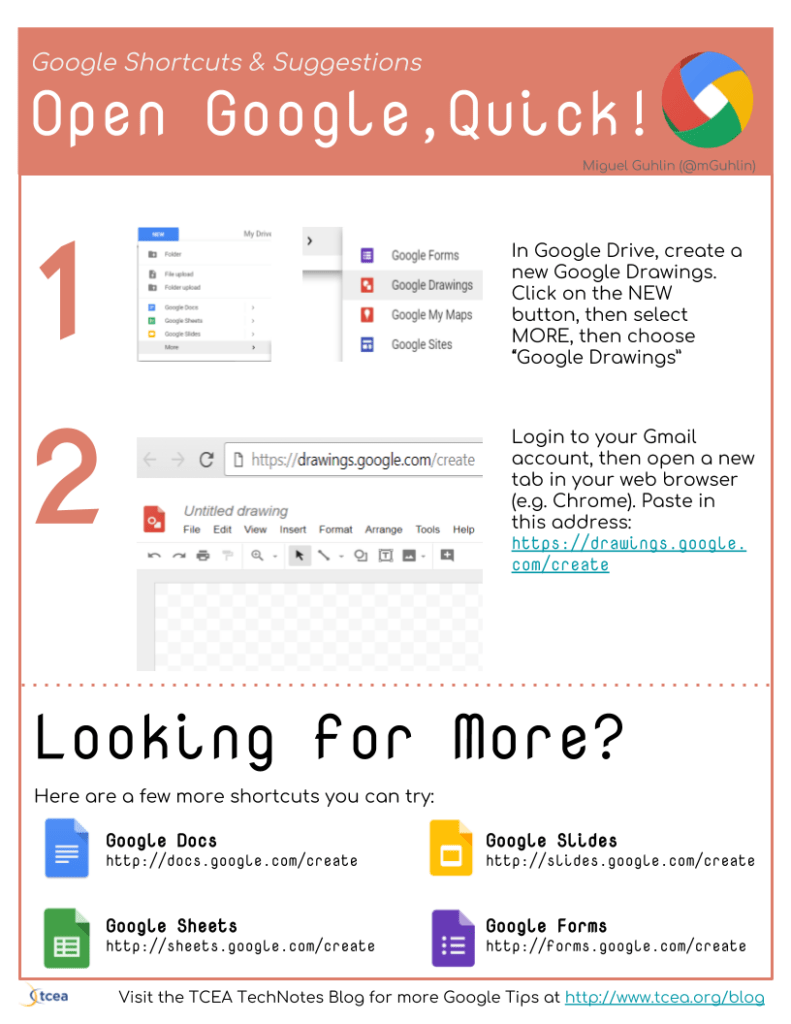
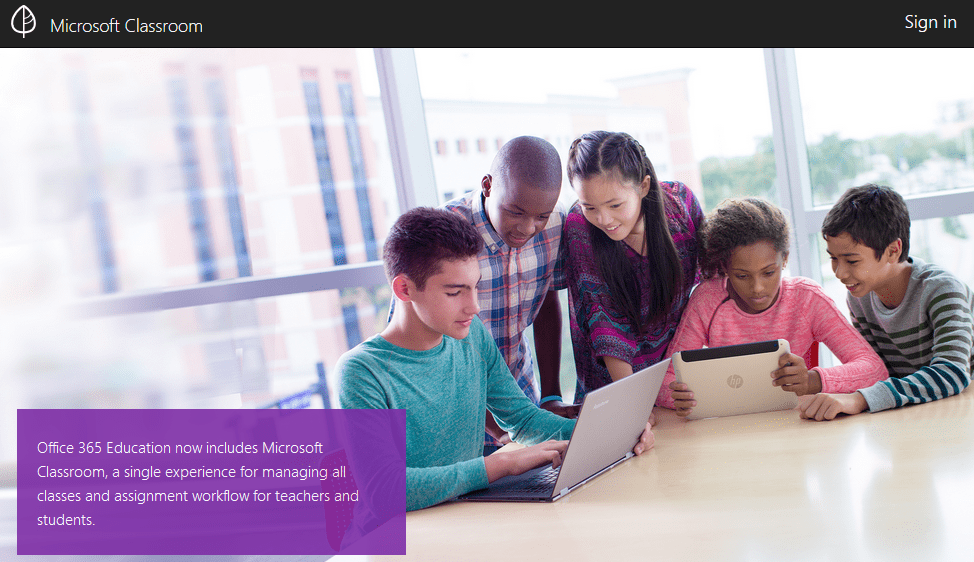
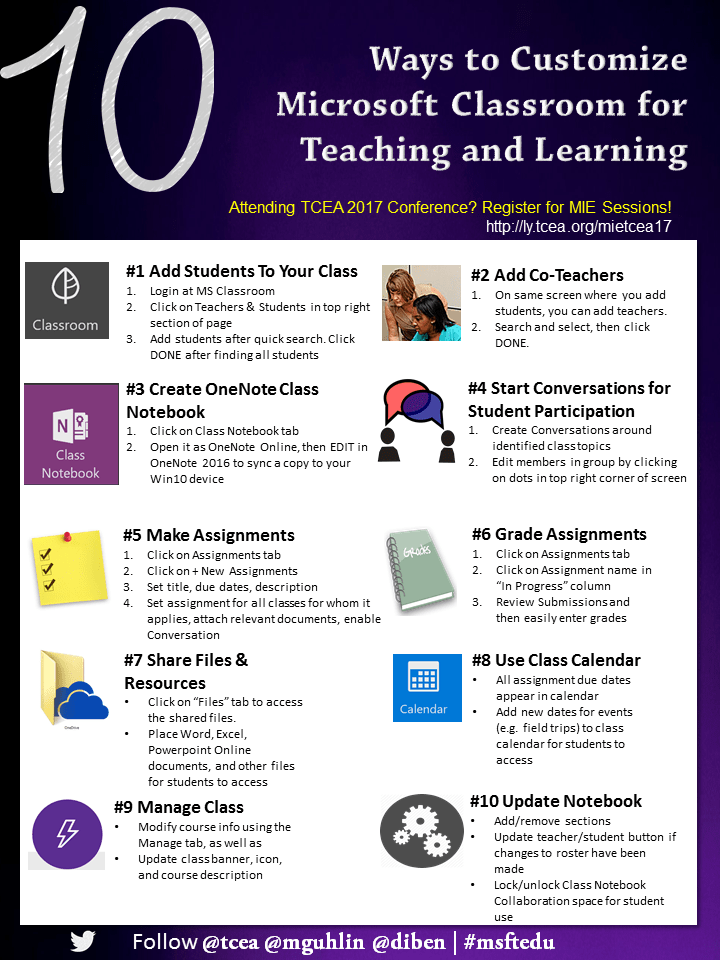
 Microsoft believes in empowering every student to achieve more. In our mission to support educators in guiding and nurturing student passions, we are offering pre-conference professional learning to TCEA convention participants. Attendees at these sessions will be eligible to receive a complimentary Microsoft Office Specialist (MOS) and Microsoft Certified Educator (MCE) exam voucher for attending and earn badges on the Microsoft Educator Community to recognize their achievements.* Preregister to secure a seat.
Microsoft believes in empowering every student to achieve more. In our mission to support educators in guiding and nurturing student passions, we are offering pre-conference professional learning to TCEA convention participants. Attendees at these sessions will be eligible to receive a complimentary Microsoft Office Specialist (MOS) and Microsoft Certified Educator (MCE) exam voucher for attending and earn badges on the Microsoft Educator Community to recognize their achievements.* Preregister to secure a seat.